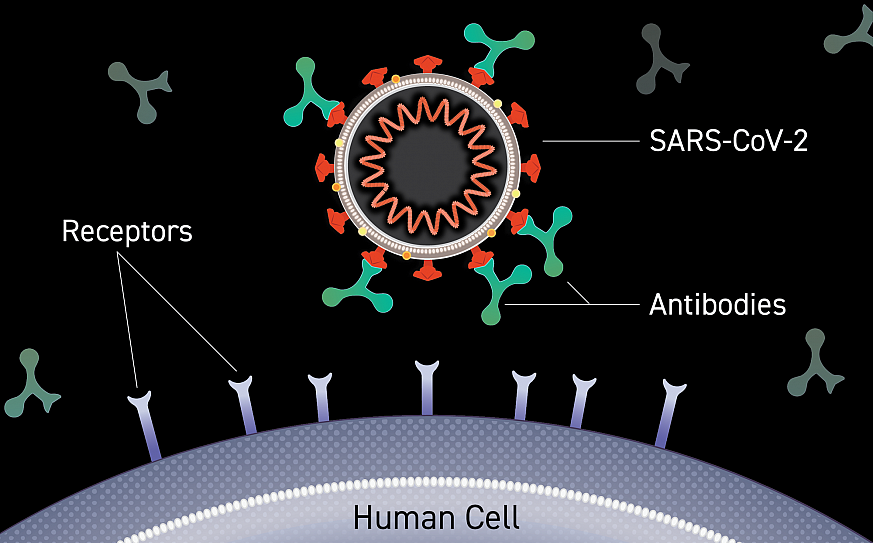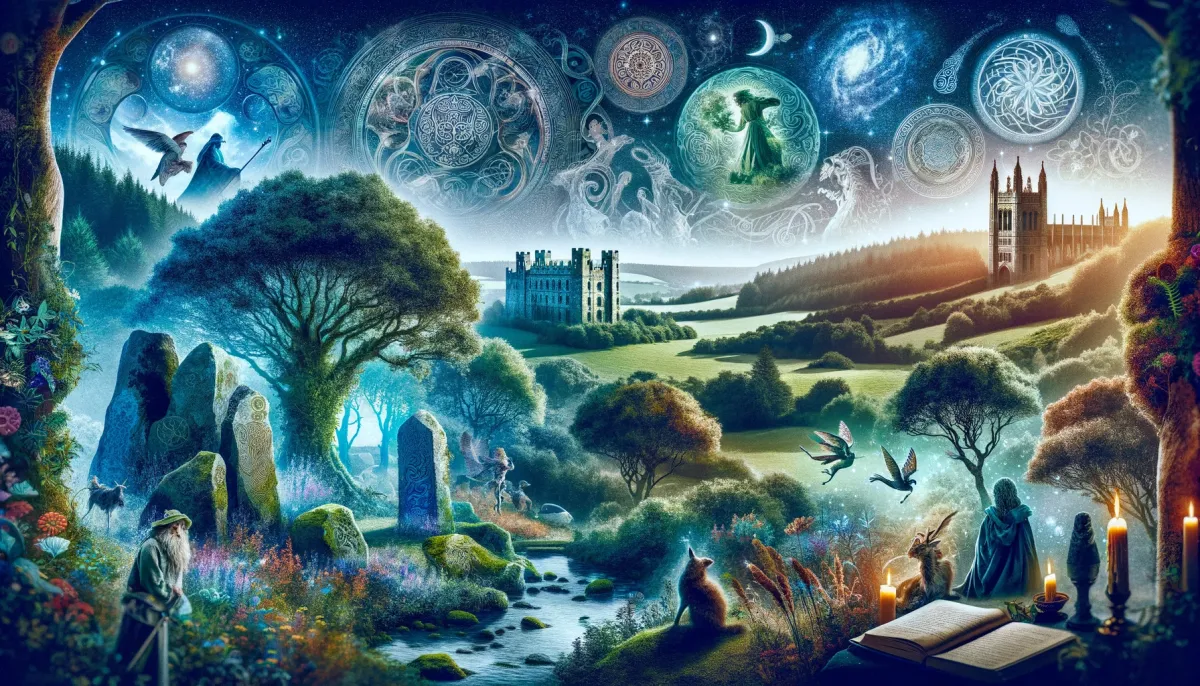Life on Earth is built upon a foundation of microscopic structures and molecular instructions that define every living organism. Cells, DNA, and genetics are the fundamental components of life, guiding growth, development, and heredity. Understanding these biological building blocks helps us grasp the complexity of living organisms and the mechanisms that sustain life.
Cells: The Basic Units of Life
Cells are the smallest structural and functional units of all living organisms. They provide the framework for life, carrying out essential processes such as energy production, waste removal, and reproduction. Cells can be categorized into two main types: prokaryotic and eukaryotic.

Prokaryotic cells, found in bacteria and archaea, are simple cells that lack a nucleus and membrane-bound organelles. In contrast, eukaryotic cells, present in plants, animals, fungi, and protists, are more complex and contain organelles such as the nucleus, mitochondria, and endoplasmic reticulum. These specialized structures perform various functions, ensuring the survival and proper functioning of the cell.
Cells also reproduce through processes such as mitosis and meiosis. Mitosis results in identical daughter cells, enabling growth and tissue repair, while meiosis produces gametes (sperm and egg cells) with half the genetic material, allowing for genetic diversity in sexually reproducing organisms.
DNA: The Blueprint of Life
Deoxyribonucleic acid (DNA) is the molecule that carries genetic information in all living organisms. It is composed of two long strands forming a double helix, with nucleotide bases—adenine (A), thymine (T), cytosine (C), and guanine (G)—paired in specific sequences. These sequences encode instructions for building and maintaining an organism.
DNA is found in the nucleus of eukaryotic cells and in the cytoplasm of prokaryotic cells. It directs protein synthesis through a process called gene expression, which involves two main stages: transcription and translation. In transcription, DNA is copied into messenger RNA (mRNA), which then travels to the ribosome. In translation, the mRNA sequence is read to assemble amino acids into proteins, the molecules responsible for nearly all cellular functions.
Genetics: Understanding Heredity
Genetics is the study of heredity, or how traits are passed from parents to offspring. The basic unit of heredity is the gene, a segment of DNA that encodes a specific protein. Variations in genes, known as alleles, determine physical characteristics such as eye color, height, and blood type.
Gregor Mendel, the father of genetics, discovered the principles of inheritance through experiments with pea plants. He identified dominant and recessive traits, laying the foundation for modern genetics. Today, scientists study genes to understand genetic disorders, evolution, and the diversity of life.

Advancements in genetics have led to groundbreaking discoveries, including genetic engineering and gene therapy. Technologies such as CRISPR allow scientists to edit DNA, offering potential treatments for diseases like cystic fibrosis and sickle cell anemia. The Human Genome Project, completed in 2003, mapped all human genes, opening new possibilities for medical research and personalized medicine.
Cells, DNA, and genetics form the foundation of life, governing biological processes and heredity. Understanding these essential components helps us appreciate the complexity of living organisms and paves the way for scientific advancements in medicine, biotechnology, and evolutionary studies. As research continues, our knowledge of life’s building blocks will expand, offering new insights into the mysteries of biology and genetics.
































